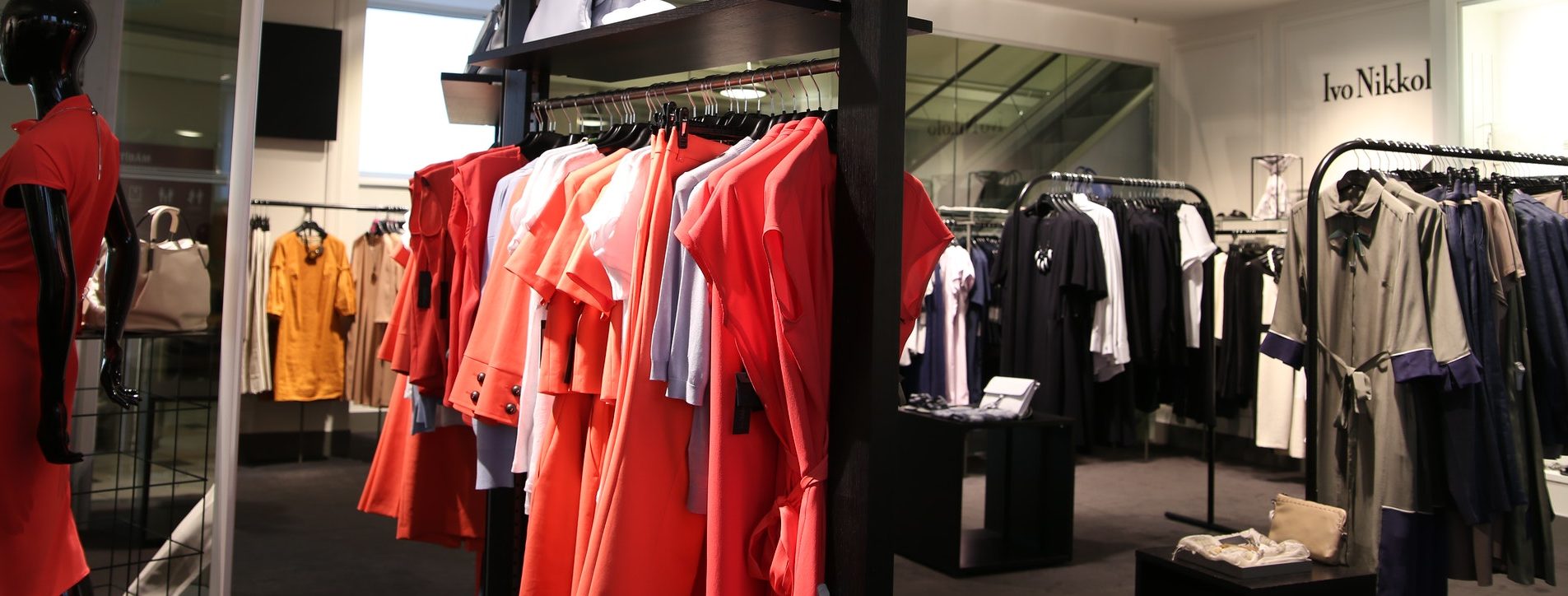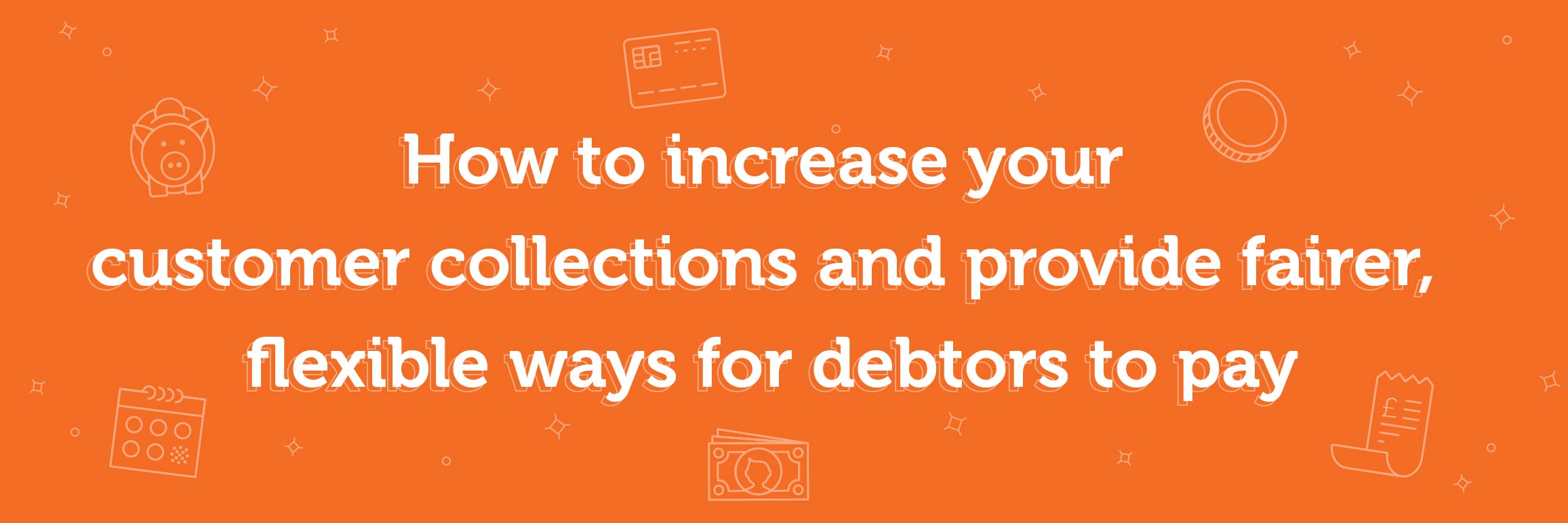
The long-term impact of COVID-19 on business may be felt the most in retail. As Enders Analysis puts it, it has accelerated a “significant consumer shift to online, and is bringing to a head the crisis of physical retail sales, setting the stage for paradigm shift.” The share of online sales will retreat as shops re-open, but consumers have grown accustomed to shop online; it’s anticipated that it will claim 27% of retail sales in 2020, up from 19% in 2021.
So what does this mean for fashion retailers who want to make sure their relationship with customers stays as strong as possible? The answer to this question lies in how fashion retailers manage their non-physical customer touchpoints, namely their marketing and customer service communications, and making improvements wherever possible. There are massive opportunities for fashion retailers here to snatch market share here, by adapting to the new environment in the fastest way.
But before that can happen, fashion retailers need to look at how they currently manage their customer relationships.
There’s no “one size fits all” approach to customer engagement in retail. The top 10 fashion retailers have 40% market share between them (source), and how these companies engage customers on such a huge scale will differ in many aspects from the 11,000 specialist fashion retailers in the UK.
What are the problems that fashion retailers currently face when engaging with customers?
Marketing challenges
Larger retailers can leverage their bigger budgets and higher brand recognition with radio/TV advertising, because although there’s no way to refer back to the details after you’ve listened to/viewed the commercial, the repetition of the messages and the strength of the brand can be adequate to have you defaulting to that brand’s services next time you need to make a purchase.
However, not only is this cost-prohibitive for smaller fashion retailers, for all fashion retailers, it suffers from not being targeted; broadcast advertising is about casting out the widest net possible and hoping that you will catch a few fish. Customers increasingly demand personalised retail experiences, with 80% of shoppers more likely to buy from a company that offers them this (source).
Print advertising also suffers from being difficult to personalise, difficult to track ROI – and there is also the environmental impact to consider, particularly if you are a brand with sustainability at its heart. Print advertising is in decline for all of these reasons (source).
Email marketing has the benefit of being easy to personalise and inexpensive, so there’s little wonder it is leveraged so heavily. Therein lies its problem – email marketing is a victim of its own success, with email engagement dropping; the average open rate for a retail email campaign is just 18% (source). That’s fewer than 1 in 5 customers seeing your beautifully crafted content.
One characteristic of all of the above channels is that they’re one way; they’re not prompting two-way engagement. You see the message, you spend money, but you’re not communicating with the brand. Social media is a good solution here, as it is designed to be a conversational medium; however, it’s highly labour intensive. You’ll need an almost constant flow of content to retain customers’ interest, and that’s not practically possible for all fashion retailers.
Customer service challenges
If you have a call centre, you can only handle one call at a time; it follows, then, that you can only handle as many calls as you have agents. Additionally, while 46% of consumers do like to be able to engage with a human being on the phone, there are times where this causes frustration: long waiting times and having to wait for specific opening hours.
In fact, 33% of consumers cite ‘having to wait on hold’ as their greatest customer service frustration (source). Many customers now expect fast access to self-serve customer service platforms, without the need to wait on hold.
Introducing a solution – mobile-focused chat platforms
Targeting customers’ mobile devices is a way forward for fashion retailers looking to strengthen their bond with customers. Using channels like SMS will improve engagement (source), lower your cost to serve (source) and even automate some of your previously manual processes like returns management. So how can fashion retailers implement a mobile communications strategy for better marketing and customer services?
Online chat platforms are user-friendly portals which allow fashion retailers to have conversations with customers by targeting their mobile device’s messaging applications, rather than either party having to make a call.
They allow for multiple, simultaneous, two-way, mobile-focused conversations to be held between customers and customer service teams over a variety of different messaging channels. These channels include SMS and also next-generation rich messaging channels like SMS Landing Pages, RCS and WhatsApp. Interactions can even be handled by chatbots where automation is suitable.
Chat platforms also support different message types. Send simple text, images/branding and video, and also rich cards which can include interactive buttons for secondary actions (more on this later).
What can retailers use a mobile-focused chat platform for?

Richer Marketing and promotions
Rich messaging allows fashion retailers to utilise the next generation of mobile-focused communications like WhatsApp, RCS, and SMS Landing pages.
Fully branded messages can be sent to customers which can include images, video, and interactive buttons* which allows the customer to complete secondary tasks like:
- Using a Google map to find the nearest store
- Link to complementary products
- Add a sale event to the recipient’s in-device calendar
- Link to discount codes which can be redeemed online
- Supply digital receipts
Mobile-focused chat platforms make it easy to send this type of content on-demand on a customer by customer basis, or for large scale broadcasts. Libraries of rich message templates can be set up which can be sent as part of an individual chat interaction, or delivered to a list of customers as part of a campaign at a specified time and date.
Complaints handling
Handling complaints via a mobile-focused chat platform has big benefits for both the fashion retailer and also the customer.
Customers no longer have to wait on hold to speak to an agent, and have direct access to customer service platforms at any time or place, while retailers can allow their staff to handle multiple complaints at the same time. For straightforward issues such a product exchange, bots can even be used.

Order confirmations/amend delivery details
SMS has seen great success in providing a simple, yet effective means of letting customers know when their items are on the way. However, it can often be difficult to make amendments to an order once an order has been delivered and is on its way.
Mobile-focused chat platforms make it easy for customers to respond to a delivery notification, which in turn will start a chat with a customer service agent, and the change (E.g. new delivery address) can be processed.
This process can also be delivered to customers via a rich message with interactive buttons linking to customer service chat, delivery detail change environments, and also links to codes which can be redeemed at designated click and collect locations.
Returns management
Coronavirus has meant that a lot of fashion retailers are unable to let their customers try items on in-store, which will inevitably mean that a lot of incorrectly sized items are purchased. Customers may even be more inclined to buy multiple sizes of the same item – returning the ones that don’t fit. This will mean added pressure on retailers to streamline the way that returns are handled.
With mobile-focused chat systems, fashion retailers will have the option of either letting their in-house agents manage this via a text-based, two-way chat (handling multiple customer returns at the same time), or deploying intelligent bots, which ask for the customer’s details, why they’re returning the item, before finally providing details and resources for returning the item.
What are the next steps?
To make sure that we find the best approach for you, we treat every fashion retailer as an individual, and can tailor our solutions to meet your needs.
With this in mind, we’d love to speak to you to better understand your problem and how we think our mobile-focused chat tool could help. To find out more, please get in contact today by calling 0345 356 5758 or email [email protected] to find out more



